I’m thrilled you are exploring Society Hill Synagogue and have found your way to the page of Divrei Torah, words of Torah, which are part of a generations-long Jewish practice of refracting sacred Jewish teachings through the light of our own day and age.
For me, Judaism is an opportunity to nourish ourselves, grounded in the Jewish story: a story that has unfolded throughout the generations, with twists and turns, tragedy and triumph, serving as a source of life to those who engage with it.
The Jewish People are known as B’nei Yisrael: the people who wrestle with the Divine. The name comes from that moment in our tradition in which it is understood that our ancestor Jacob “wrestled with a figure,” a figure understood to be a manifestation of that very Divine Being (see Genesis 32).
That moment produced a legacy of sacred wrestling; grappling; seeking to make meaning of, and find purpose in, our time on earth.
These Divrei Torah are my efforts, in conversation with the community of Society Hill Synagogue, to make meaning and to find purpose, seeking to serve this community, our broader world, and the Divine.
I hope you find meaning in them yourself, and I encourage you to reach out to me if you would like to discuss their contents or to discuss becoming a part of the Society Hill Synagogue community. Welcome!
Do you want to recieve Rabbi Kamesar’s
Divrei Torah in your inbox each week?
Subscribe Now!
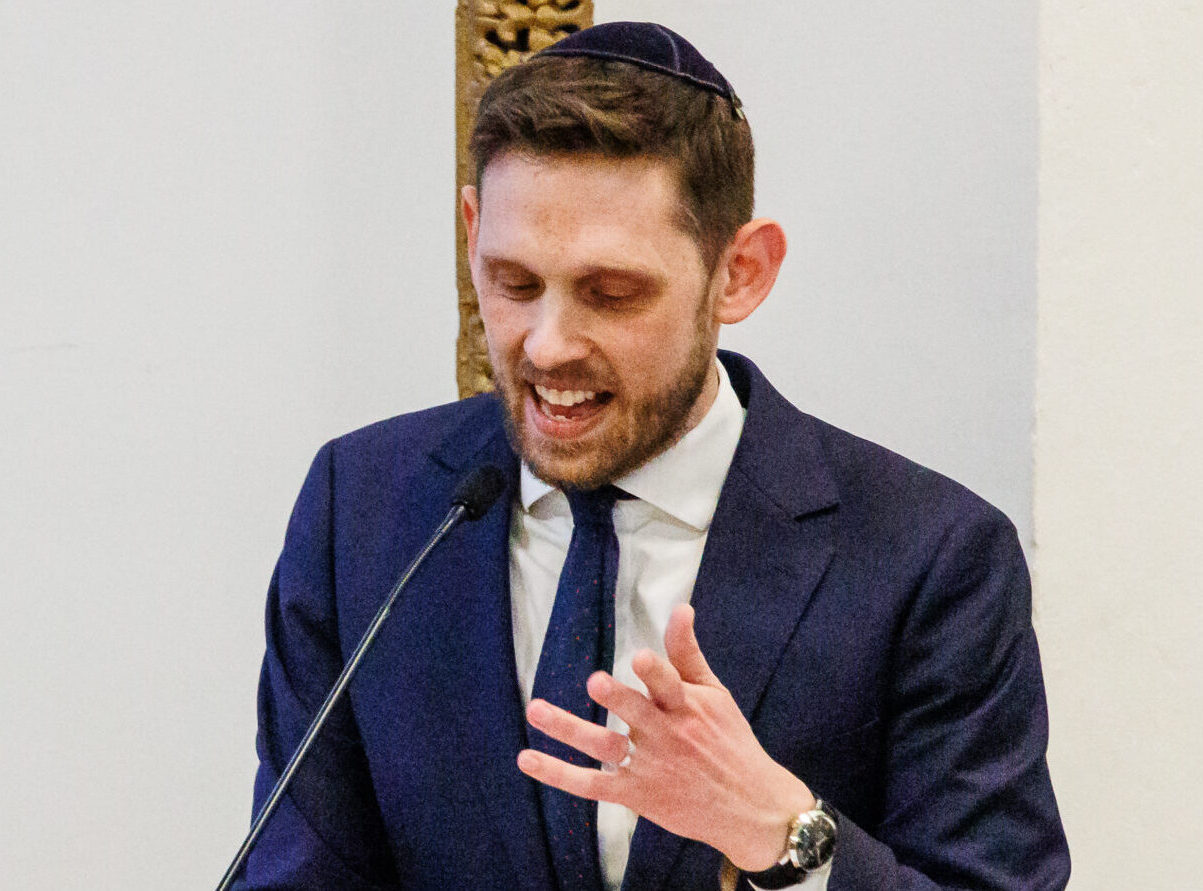

Vayikra’s Divine Mystery
As we get ready for our Pesah S’darim, our Passover Seders, I’m writing to share the D’var Torah I delivered last week on the range of different ways that Torah conceives of God. In the meantime, I wish you a Hag Pesah Same’ah: May you
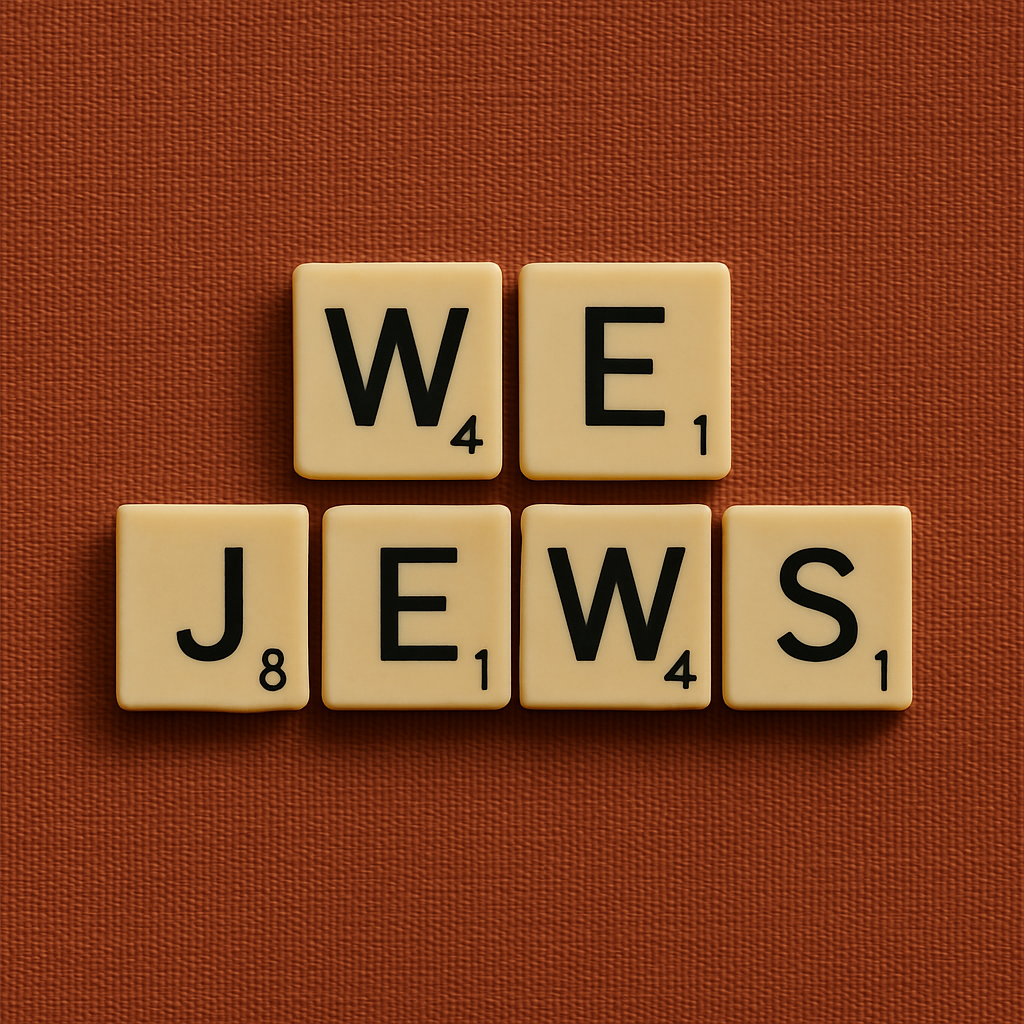
“Your People Are My People”
I’m writing to share the D’var Torah I delivered this past Friday night when we hosted our Scholar-in-Residence, Rabbi Sharon Cohen Anisfeld, who offered incredible teachings Friday and Saturday. I gave our scholar-in-residence this Shabbat carte blanche to select a topic to teach about, a
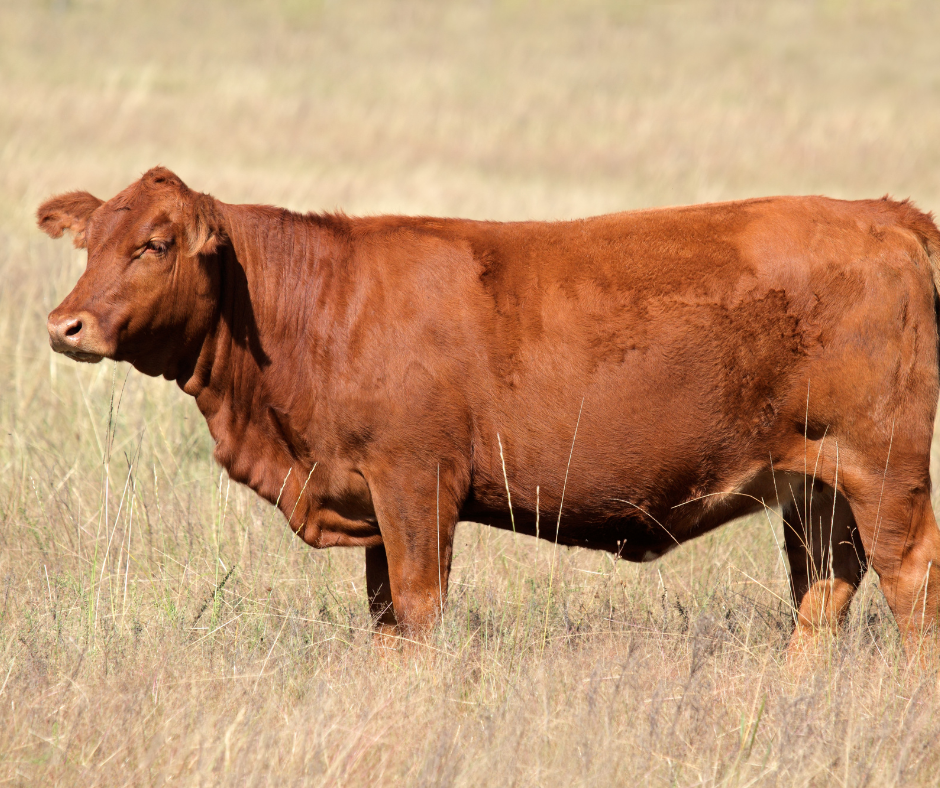
Shabbat of… the Cow?
I’m writing to share with you the teaching I delivered this past Shabbat, a Shabbat which called upon us to begin spiritually opening ourselves in preparation for the Pesah (Passover) holiday: There are nine special Shabbatot, special Sabbaths, sprinkled throughout the Jewish year that receive

Are We All Idol Worshipers?
This Shabbat is Shabbat Ki Tisa, Ki Tisa being the parashah, the Torah portion, with one of the most well known, or perhaps I should say notorious, episodes of the Israelites’ wilderness wanderings: the story of the golden calf. The basics of the story are
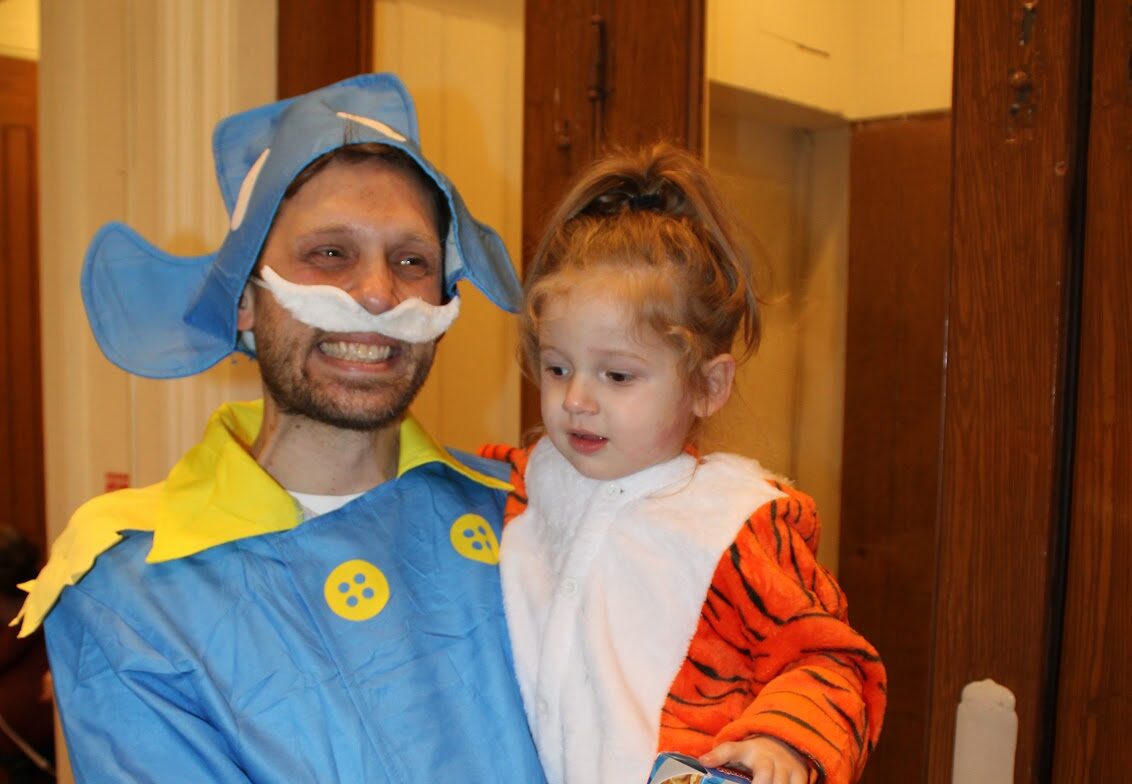
Purim Pushes us Out of our Comfort Zone — and Why That’s Holy
Hag Purim same’ah — a joyous and festive Purim holiday! See below for a teaching I offered Friday night on the spiritual importance of pushing ourselves out of our comfort zones every once in a while, an experience which Purim facilitates. What follows is the

A Five-Year-Old’s Friend, Ukraine, and Our Extra Shabbat Souls
Dear friends, I’ve been sitting for a while with the events of the last week — the confirmation of the deaths of hostages: the Bibas children, Ariel and Kfir Bibas, ages four years and nine months when kidnapped; and their mother, Shiri; alongside peace activist

Standing at the Shore Together
Dear Friends, It was fun for our community to get profiled this week in the Jewish Exponent! I hope you’ll check it out and share. Meanwhile, I wanted to share with you the D’var Torah I offered this past Shabbat on the eve of long-time member

The Power of Community in Challenging Moments
I had hoped this week to simply share with you the D’var Torah I delivered this past Friday night to welcome our 61 new member households who joined over the past year, on the experience of entering a new community, and on the importance, in
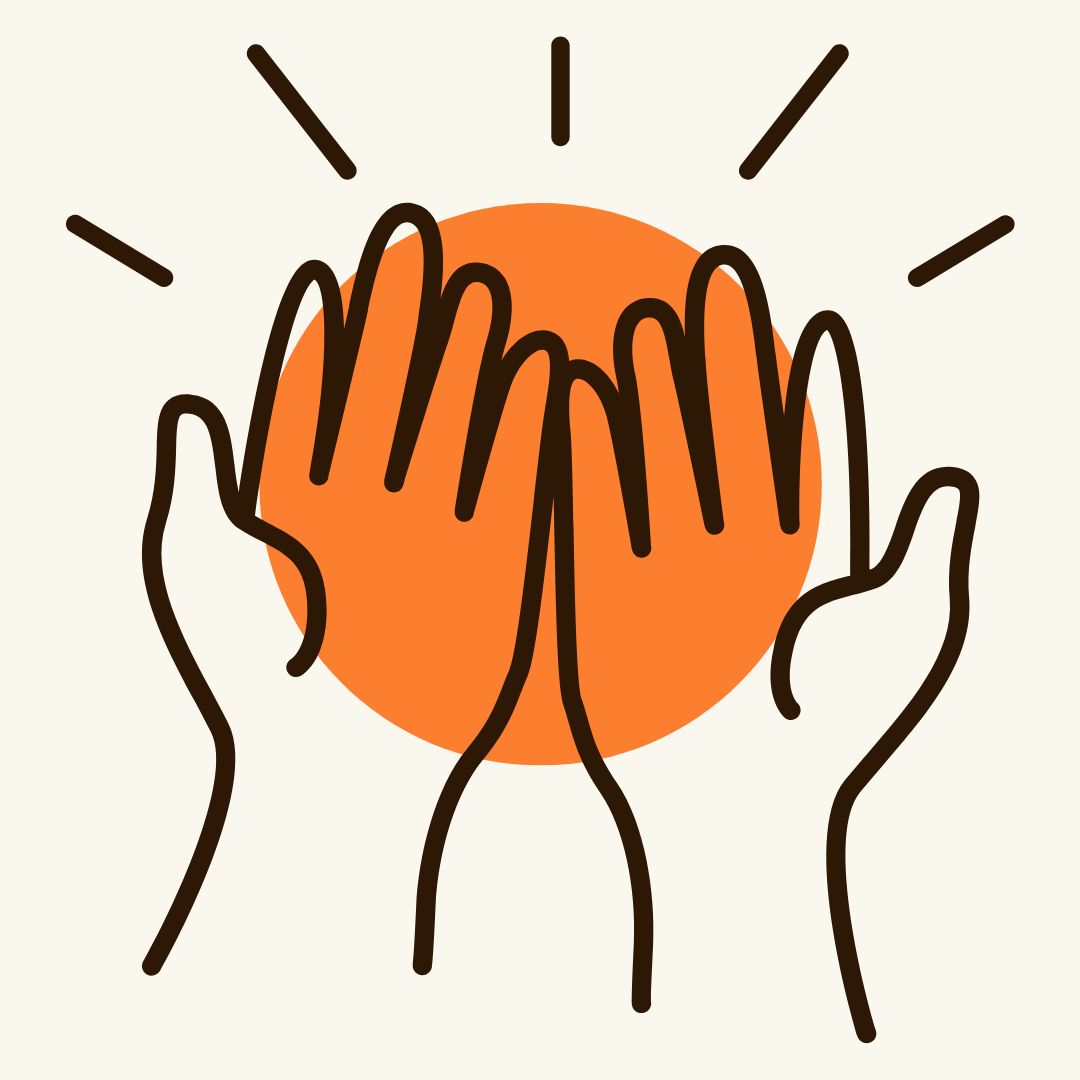
How Prayer May Bring Change – Not How You Might Think
I’m writing to share the remarks I delivered at this past week’s Friday night Shabbat service, which you are always encouraged to attend — a peaceful conclusion to the week and initiation of Shabbat, celebrated through song, community, reflection, and prayer, and then, of course,

Aheinu — Holding Space for One Another
One English word used today to describe the work of a rabbi is “pastoral.” Pastoral is a word whose origins derive from the nomadic, shepherding origins of our people, and today it refers to a form of accompaniment — to, as Rabbi Dayle Friedman writes,
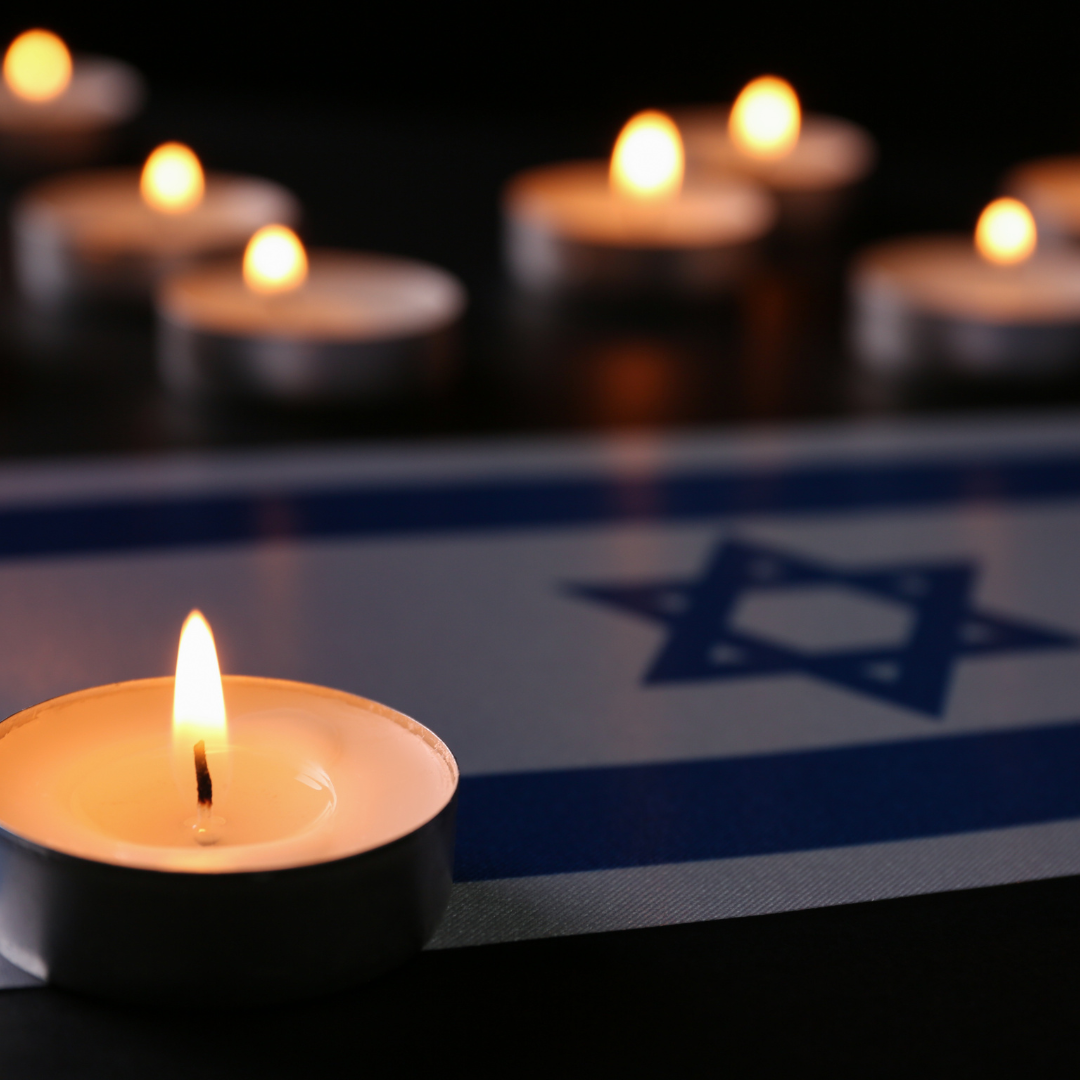
A Time for Wailing, A Time for Dancing
These verses from Ecclesiastes come to me in this moment that feels like both “a time for wailing and a time for dancing.”
A time for dancing because, after 15 months of war, hostages will be reunited with their families, rockets — at least between Israel and Hamas — will stop firing, families will return to their hometowns. Peace, albeit limited, tentative, and fragile, will reign.
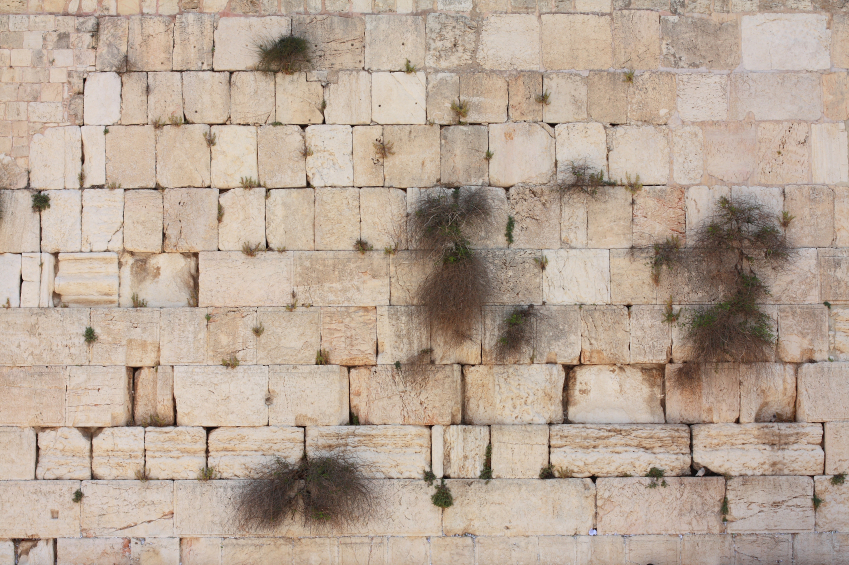
Israel and Community, and the California Fires
I’d like to share a reflection flowing out of a monthly course I’m teaching here at Society Hill Synagogue on Zionism: Understanding The Yearnings For A Jewish State. For the moment, I don’t want to get hung up on defining the word “Zionism;” people often
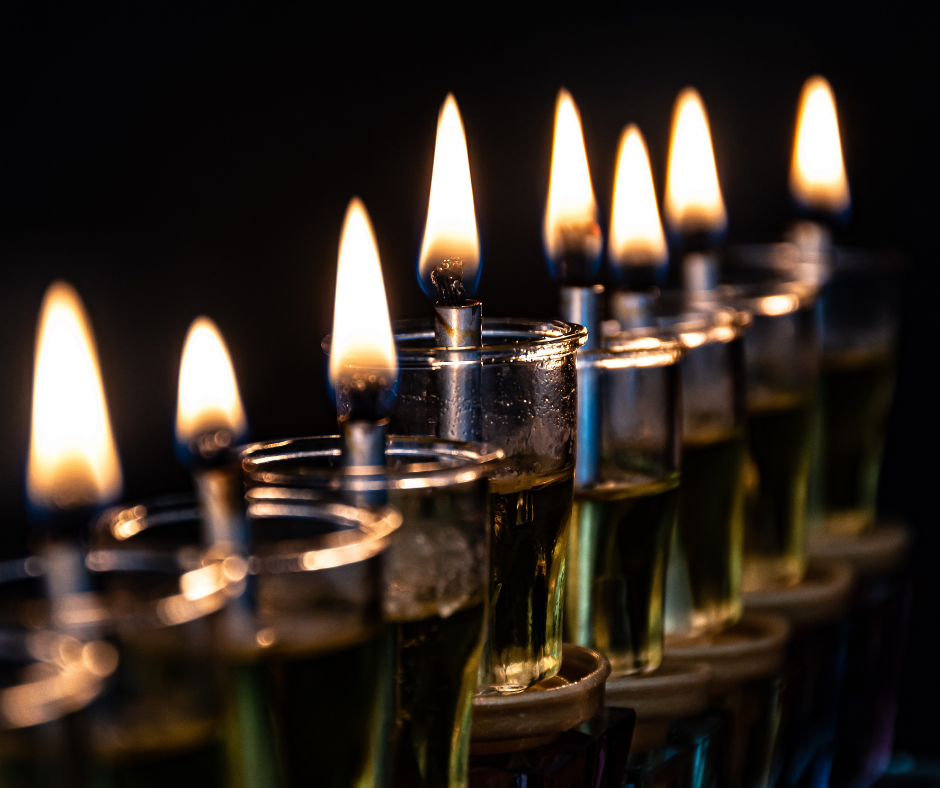
What exactly is a miracle?
I’m writing to wish you all a healthy and happy Hanukkah season, this Festival of Lights, and to share with you some reflections that I offered this past Shabbat on the question: what is a nes — Hebrew for miracle? What do we mean when
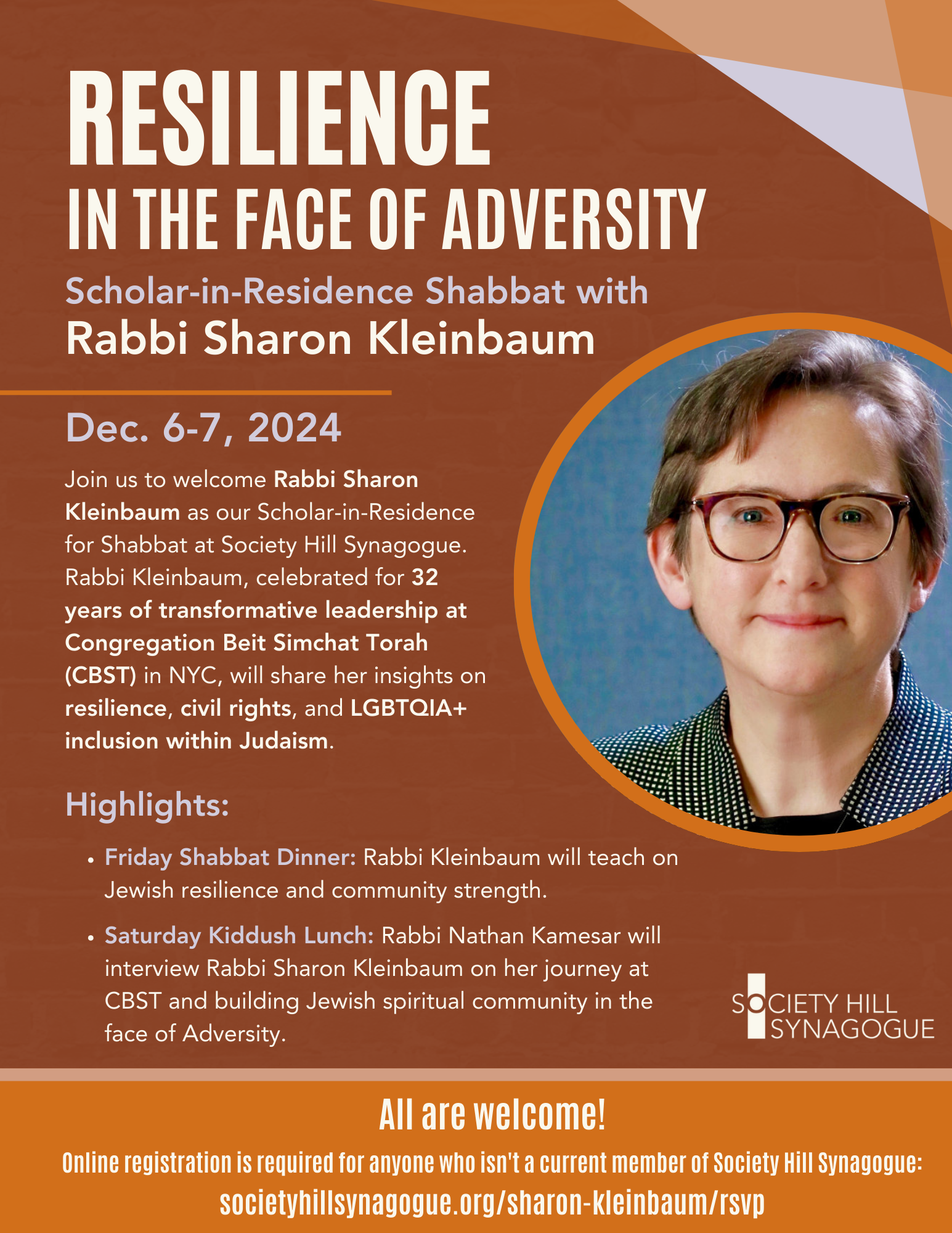
It’s Just Us
We need your help. When I first applied to rabbinical school back in 2013, operating as I was from something of the periphery of the Jewish community, I did not imagine that, post-rabbinical school, I would be the rabbi of a synagogue. The conventional wisdom
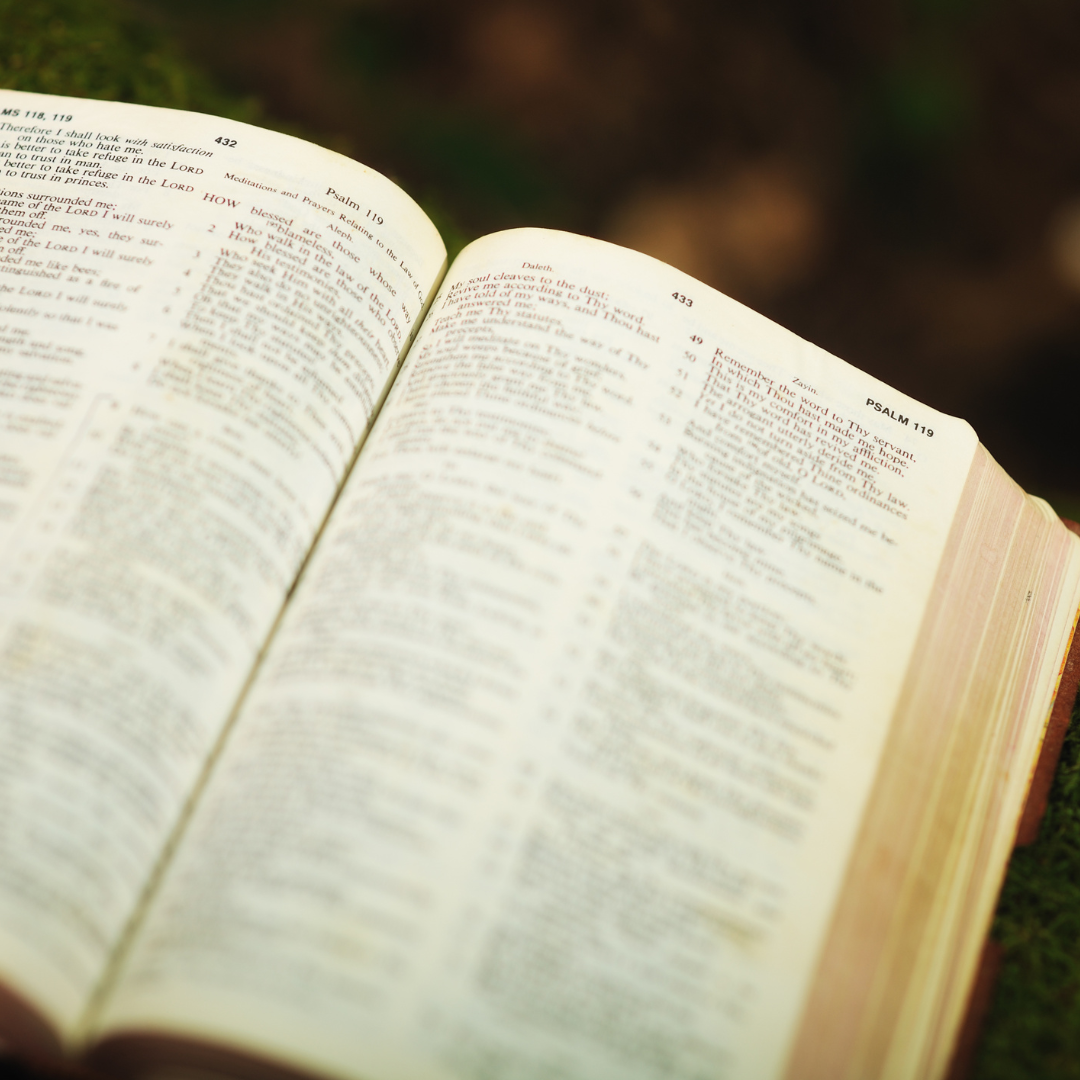
The Holiness in the Pang of Regret
I am very excited that this week we are welcoming Rabbi Sharon Kleinbaum to our community as Scholar-in-Residence. To me, she is a teacher, role model, and friend. Her arrival comes on the heels of her being named this week to the BBC’s 100 Women:
